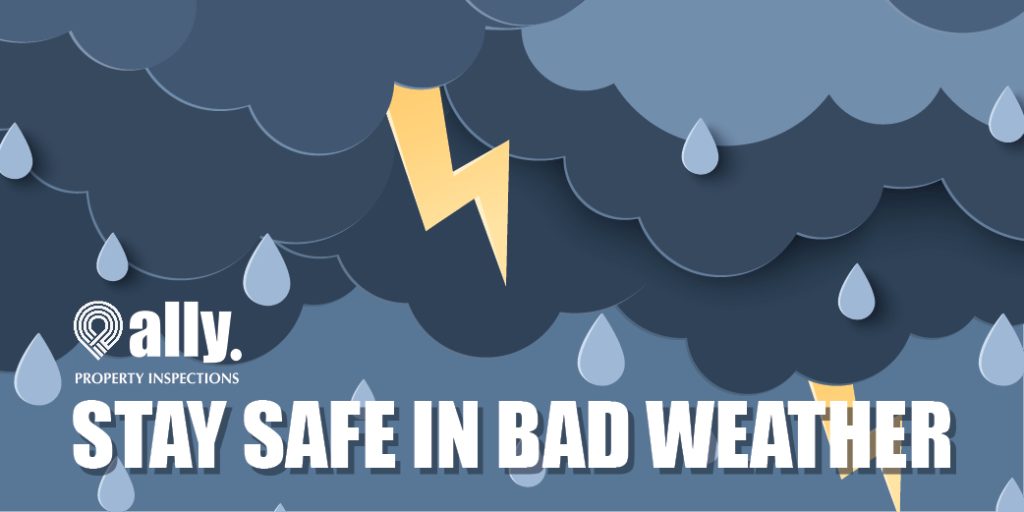The spring is one of the greatest times for bad storms to arise in the South. Hail storms can strike without much warning, leaving you with little time to react. Being prepared in advance—and knowing what to do—can help you stay safe and keep damage to a minimum.
Hail
Hail is a type of solid precipitation, distinct from, but often confused with sleet. Sleet generally falls in colder temperatures while hail growth is inhibited at very cold temperatures. Hail creation is possible within thunderstorms and is formed when water vapor in updrafts reaches a freezing point. Ice then forms and is suspended in the air by updrafts and falls down to be coated by water again. This process can occur over and over, adding many layers to the hailstone. Hailstones can be small as peas or as large as softballs—and the larger ones can cause injury and serious damage. According to the National Weather Service, the average hailstorm lasts only five minutes, but the damage it causes totals about one billion dollars a year.
How to Minimize Hail Damage
- Large hail can shatter windows. Closing the drapes, blinds or window shades can help prevent the wind from blowing broken glass into your home or buildings.
- Whenever possible, park your vehicles inside a garage or under a carport.
- Patio and lawn furniture can be dented, broken or even shattered by hail. Move these items indoors or under a covered area when not in use.
- If you have plans to replace the roof covering on your home or business, consider using impact-resistant material if you live in a hail-prone area.
Lightning Safety Tips
Lightning is the third largest storm-related killer in the U.S. and causes nearly one billion dollars in damage per year. Storms can strike any time and in almost any location year-round, so if you are participating in any outdoor activities while a storm is brewing, it might be time to take cover.
- As soon as you hear thunder, stop all outdoor activities and get into a building or a hard-topped vehicle for safety. If you can’t get to safety, stay away from open fields, hilltops, tall trees or other tall objects. Go to the lowest place possible, such as a ravine or valley, and squat in a baseball catcher’s position—with your heels touching, ears covered and head between your knees. Do not lie flat and minimize contact with the ground. Avoid water and anything metal.
- If you are driving, park in a safe location. Stay in the vehicle with the emergency flashers on until the storm subsides. Avoid touching metal or other surfaces that can conduct electricity.
- If you are indoors, unplug all televisions, computers and other high-value electronics. Stay away from windows and doors and do not go on porches. Avoid taking baths or showers during storms since water conducts electricity.
- If you think your house has been struck by lightning, evacuate immediately and call 911. You may want to ask your fire department to check for hot spots in your walls. If you use gas for heating and cooking, contact your gas company or a licensed contractor to check for leaks before re-entering your home.


